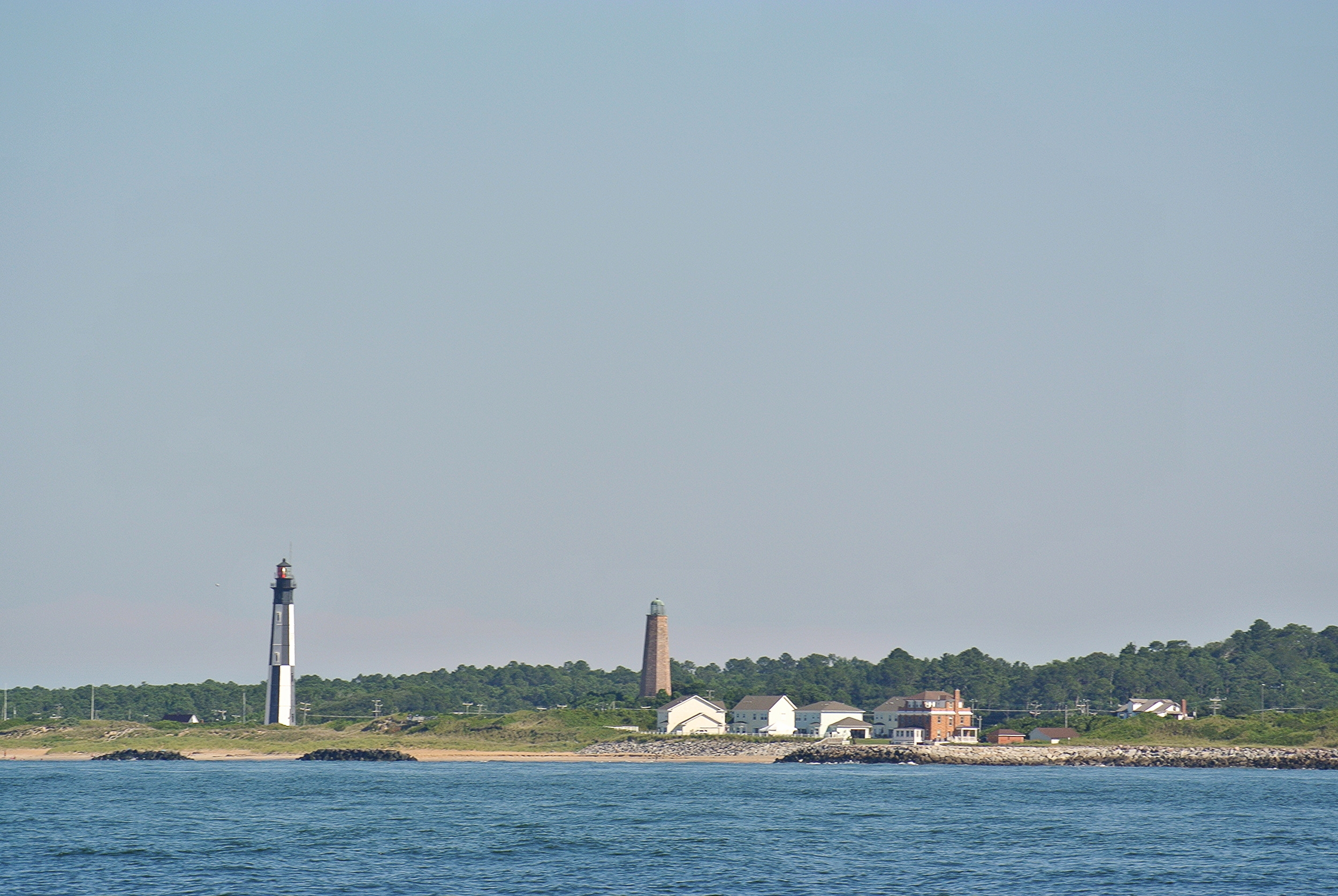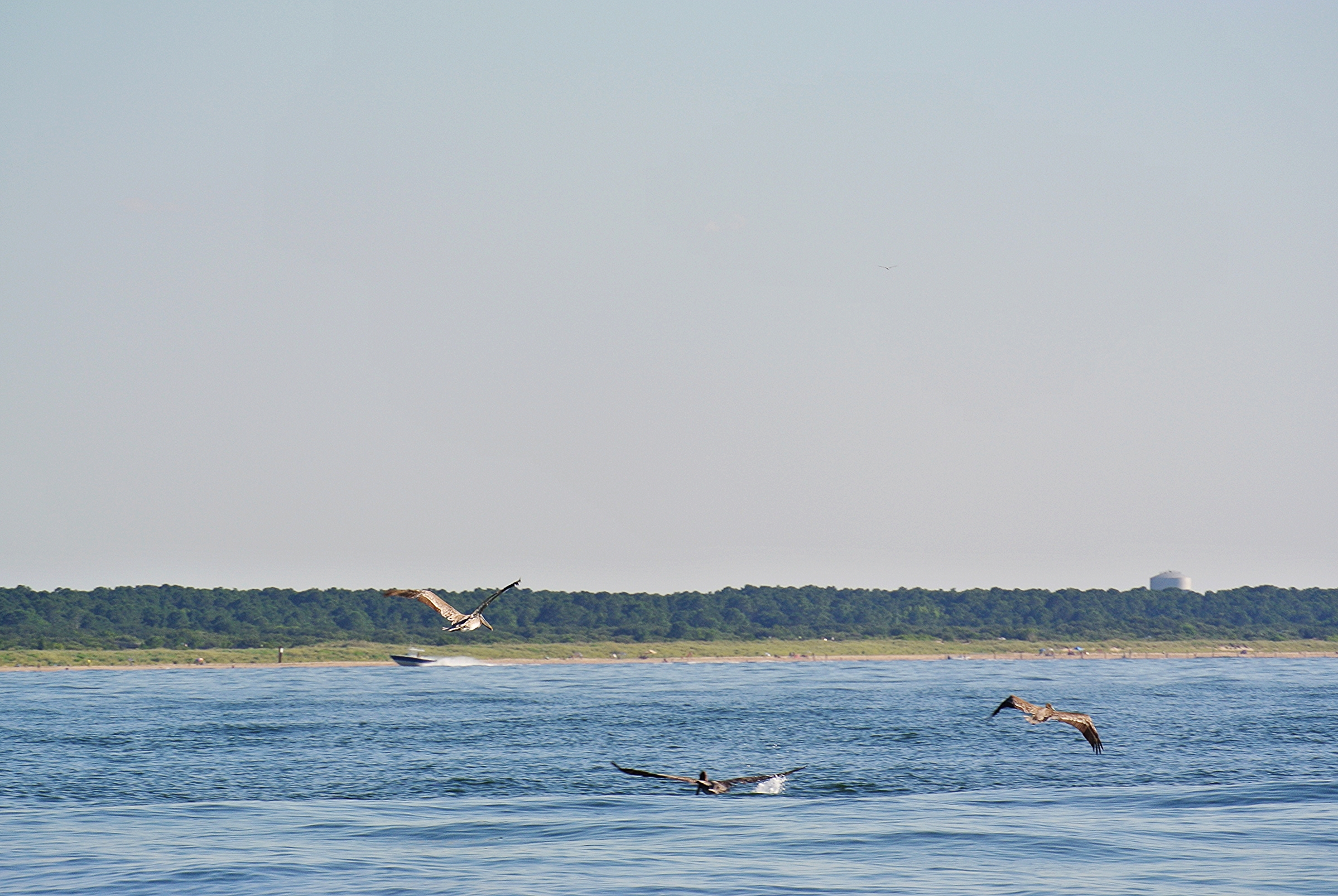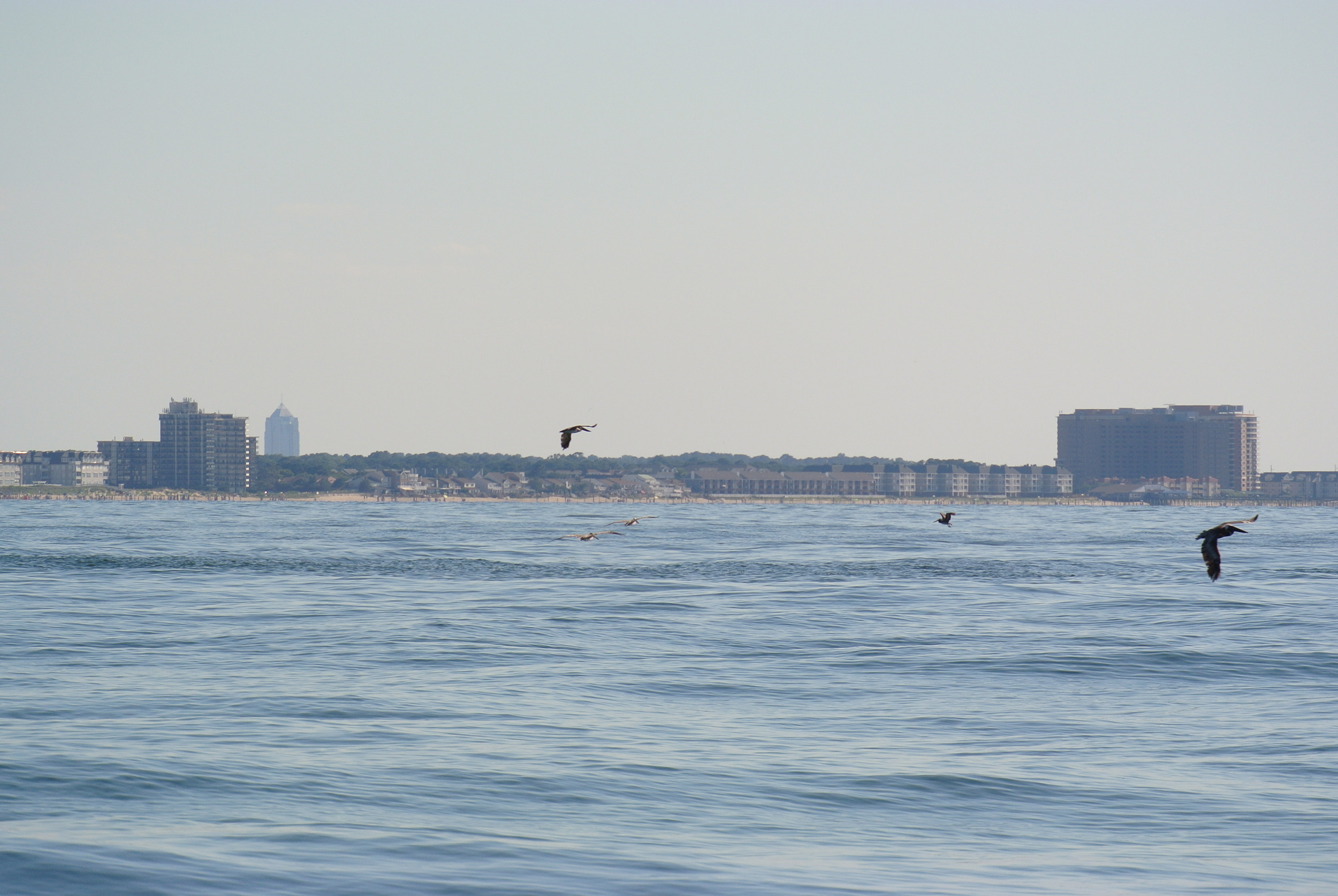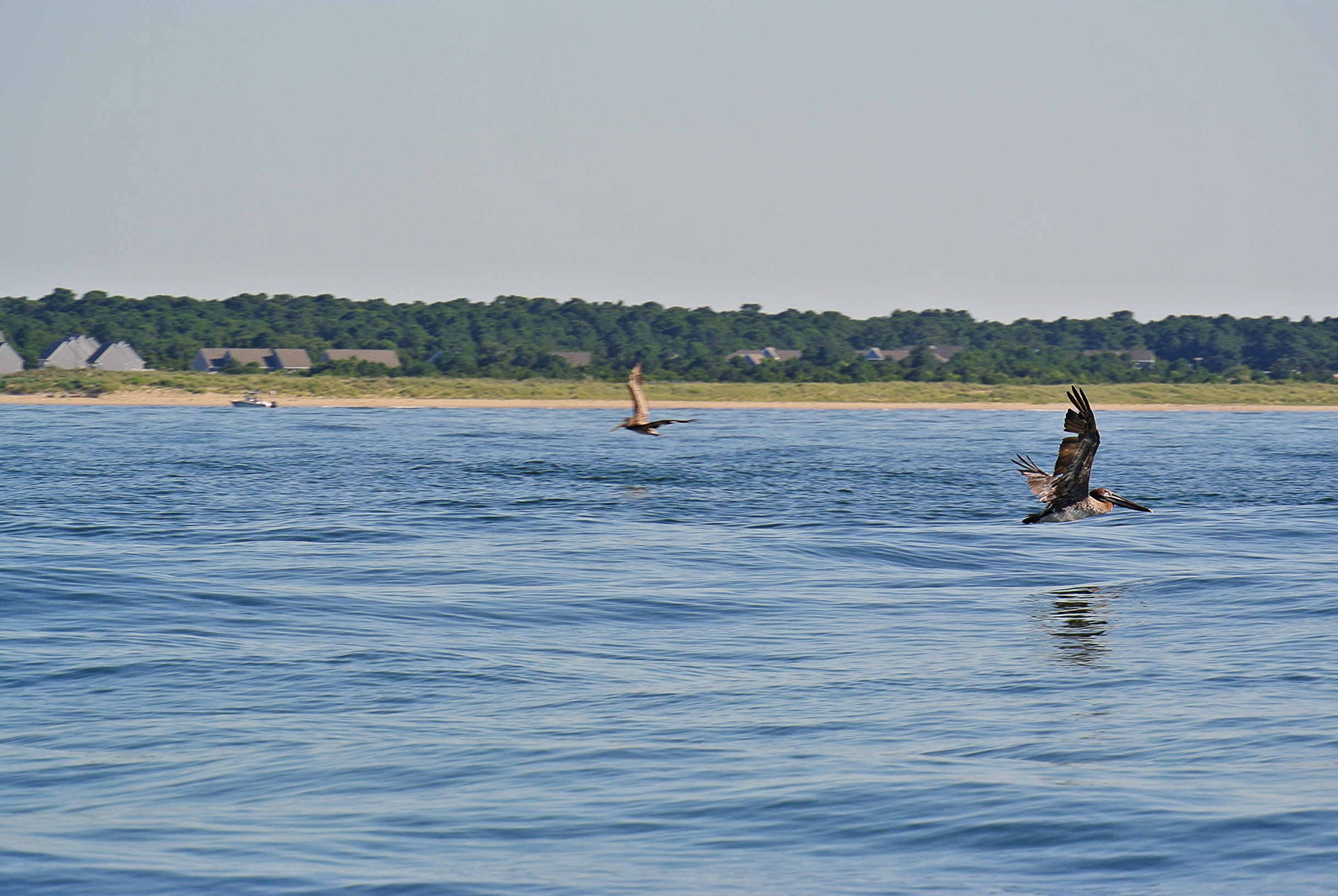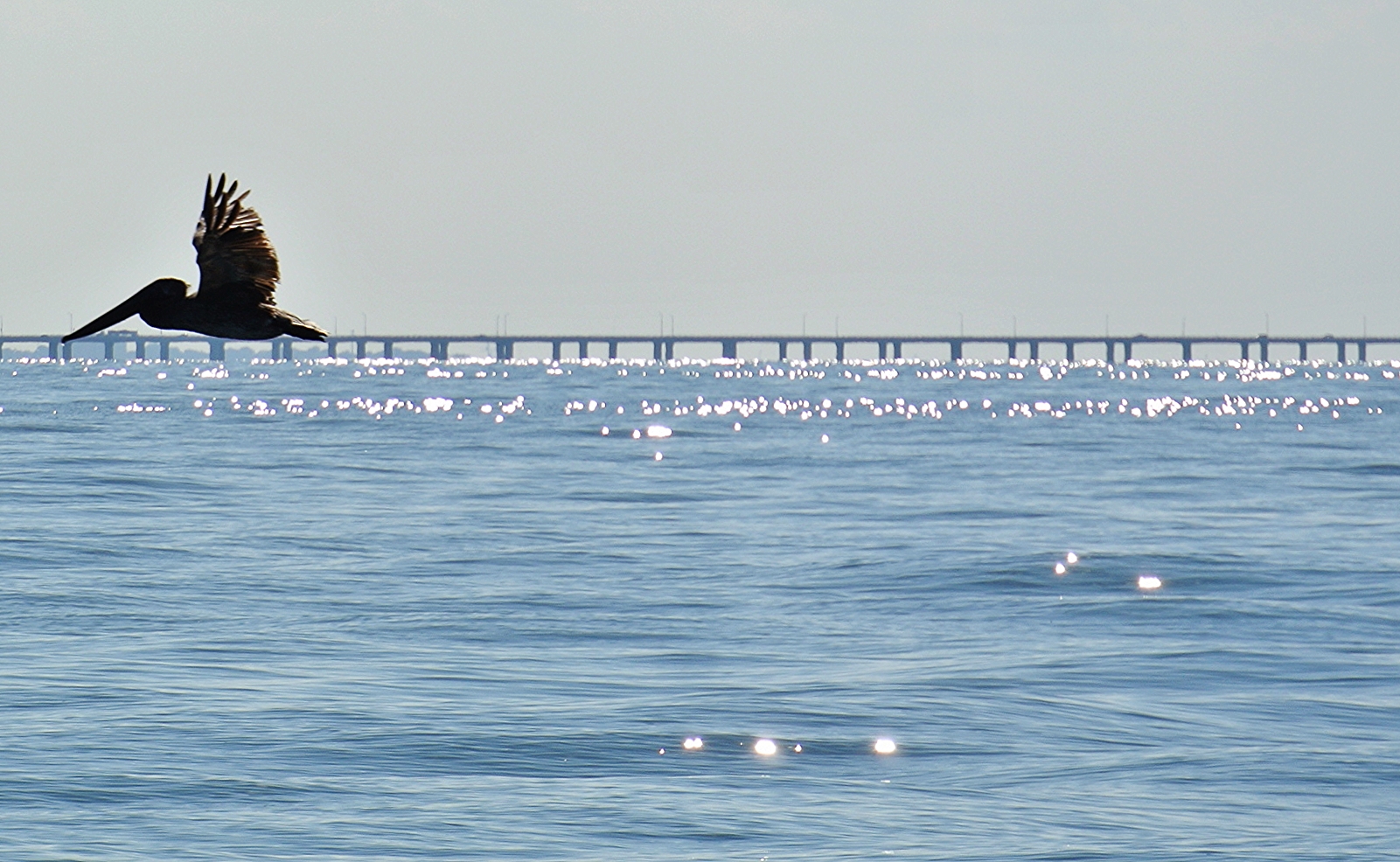When you decide you want to crank up your electric motor to reach a destination, there are some important steps to follow.
First, you should understand how to read the display from the electric motor.
The display is organized into two columns. The left column shows: Battery voltage (V), Engine power production (KW), Time remaining at current draw rate (HR). The right column shows: Motor consumption in Amps (A), Battery charge remaining (%), and Propeller RPM (R/M).
In this example, the battery has 47.97 volts DC, the motor is drawing 121 amps, producing 5.82 KW, 88% battery remaining, making the propeller spin at 1121 RPM, and has a remaining run time of 1.2 hours.
The reason this is important is if you are trying to motor somewhere, this information will be very important in determining if you will make it or not. A good chart plotter with navigational functions can provide you with an ETA to your destination. The ETA is your Estimated Time of Arrival. If your ETA is longer than your remaining battery run time (lower left corner), you are not going to make it at your current speed.
At higher speeds, you will have less run time because the engine will be drawing more amps to move your vessel. Slower speeds will provide more run time, but it will also take you longer to get anywhere. On Wisdom, we can travel at full throttle (7.5 knots) for 24 minutes. This will give us a range of 3 nautical miles. At 2 knots, we consume around 10 amps and have a run time of around 20 hours, giving us a range of 40 nautical miles.
As you can see, moving slower will give you more range, but it will also take you forever to get there. This is why I use the ETA readout on the chart plotter in combination with the remaining run time in the lower left corner to find a speed that will get us to our destination with at least an hour of run time remaining. This extra hour will provide us with some buffer to changes in weather or currents, and avoid a complete discharge of our engine battery bank (which would destroy the batteries).












